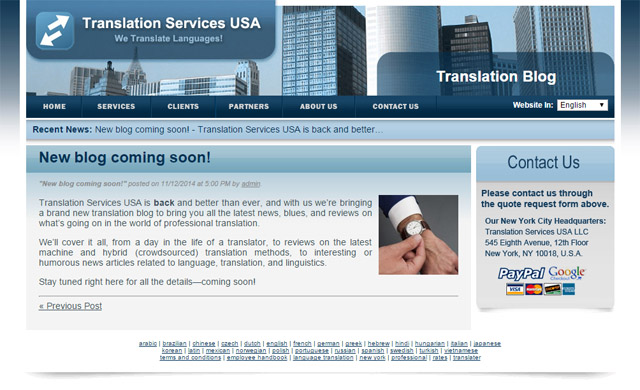When Legal Translation Goes Wrong

Disputes involving file translation are not unusual during patent litigation. Just what is uncommon is for the administering court to select these translation disputes in his decision. But in Gemstar-TV Guide International Inc & Others v Virgin Media Ltd & An additional [2011] EWCA Civ 302, Lord Justice Robin Jacob did just that.
The judgment hinged on whether numerous Gemstar patents had uniqueness due to the fact that a Toshiba license published a month earlier disclosed the exact same idea plainly as well as unmistakably. Because the Toshiba license remained in Japanese, the translation of the file came to be a key issue. Lord Justice Jacob stated (paraphrased):
“… I must say a word regarding the conflicts over translation, for there have been numerous translations: a lot of expense and time was lost because of this. In concept, whenever something relies upon a paper in an international language, the translation should be ironed out at a beginning. Preferably the party relying on the translation ought to send it to the other(s) with an express request for arrangement within a reasonable time. If the translation is accepted, well and good. However if not, the Court should generally insist upon contract or early resolution of the translation dispute, if required by a hearing for that objective.”
The bottom line is that paper translation should be accomplished at the onset, so that any kind of differences can be exercised throughout the instance administration meeting. For essential international language papers, it also makes good sense for every side to work out due diligence by having the translation independently reviewed and/or doing a back-translation and also asking the translator to explain any discrepancies. If your translations typically aren’t in order before the trial starts, you risk provoking the judge’s ire.




